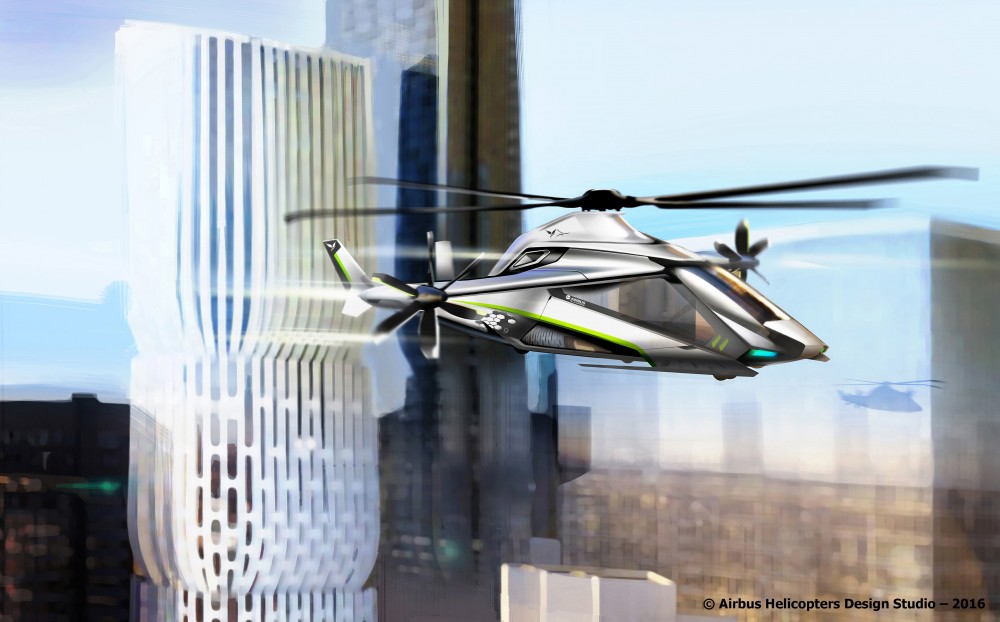Helicopters are fantastic. They can easily access remote areas, and are capable of vertical takeoff and landing. However, what they seem to be lacking is speed when in forward flight. A few aerospace companies have taken to combining the VTOL capabilities of rotary aircraft, with the the forward speed that turboprop airplanes offer. Although there are many challenges, one of the biggest is keeping the price down .
Three years after ending flight tests of its X3 high-speed demonstrator, Airbus Helicopters has been putting the final touches on a new compound helicopter design that could pave the way for a high-speed rotary-wing aircraft product in the 2020s. The company has completed wind-tunnel tests on the compound helicopter architecture, developed as part of the company’s contribution to the European Clean Sky 2 Low Impact, Fast & Efficient RotorCraft (LifeRCraft) fast rotorcraft Innovative Aircraft Demonstrator Program. Aiming to manufacture effective aircraft at reasonable costs, all while keeping fuel emissions and environmental impact to a minimum.
Airbus’ overall design has a main rotor resembling that of a helicopter. However the tail rotor is gone. To counteract the torque of the main blade, two forward-facing turboprop engines are attached under a wing protruding from the fuselage. The basic principle is that the main rotor is responsible for controlling the altitude of the craft, and that turboprops engage for forward flight allowing the X3 to reach around 475km/h.
Sikorsky is also working on a similar project called the S-97 RAIDER. With persistent innovation, we should be seeing these new aircrafts in the near future.
– N. Ruitenbeek

